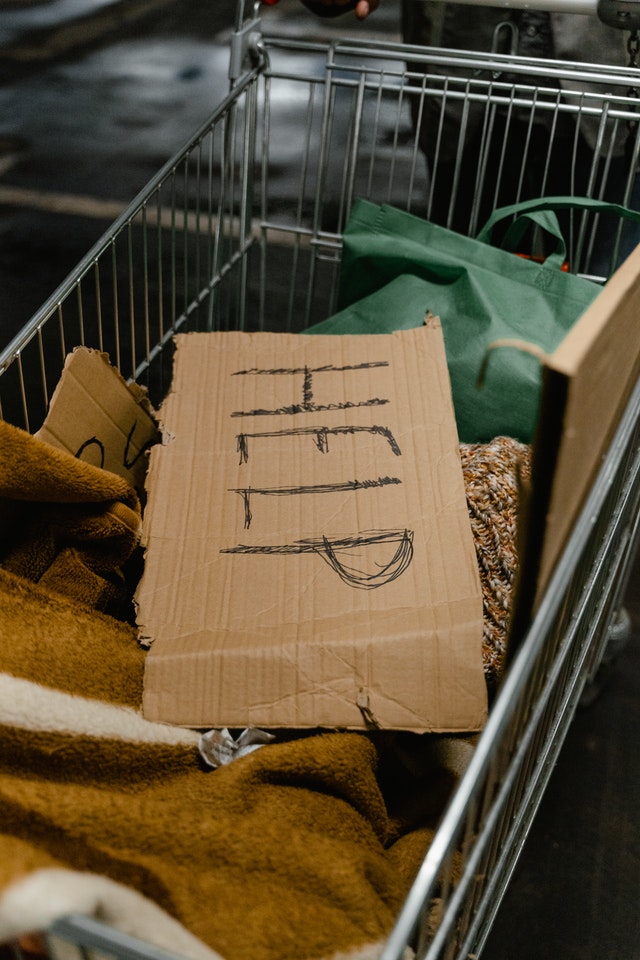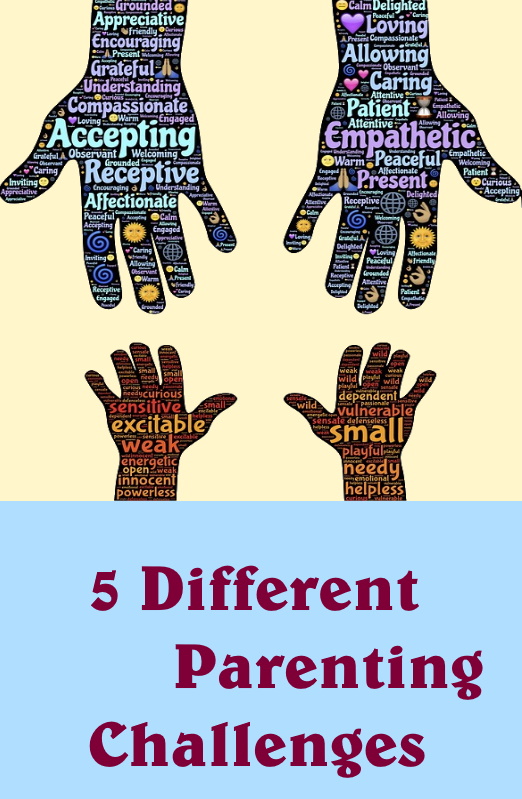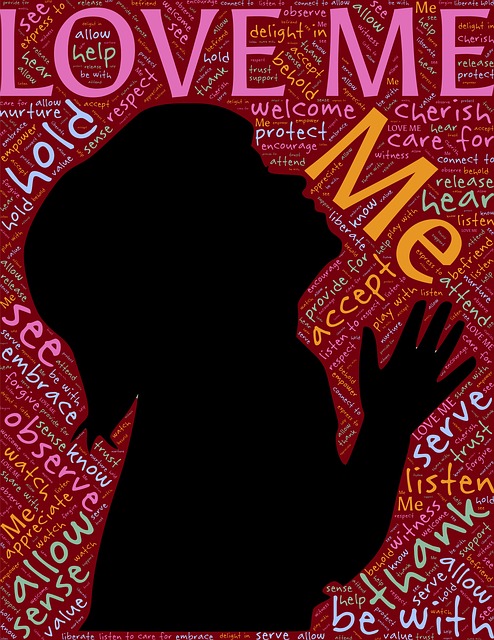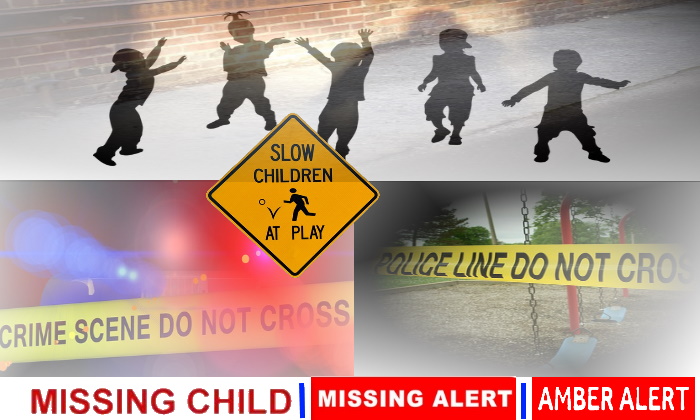
Personal safety when out and about whether in public, or rural areas requires your attention. Human predators instinctively recognize easy Prey and always seek opportunity.
Parents share the common goal of maintaining the safety of their children including their adult children. So, we must learn and teach the 14 Rules of #Stranger-Danger.
Teach and Learn the 14 Rules of #Stranger-Danger
- Don’t talk to Strangers, somebody starts talking to you, and not part of the family, is a stranger. LEAVE, and go to a crowded Public place. Strangers may be nice but does not mean they are friends. Don’t open the door when strangers are knocking especially when home alone.
- Tell family where you are , tell your parents, and sisters or brothers, where they can find you, and stay there, or let them know again, the new place you’re going, and always leave names, addresses, and phone numbers of your friend(s).
- Learn the Buddy system, learn the importance of safety in numbers. Teach your children to play with groups of friends, and stay together. Try to leave group with a friend who lives near your own house. Allow your child to call their friends to make sure all made it home, safe.
- Do not meet with Strangers from telephone calls or Internet, teach your child to never meet with a stranger who calls on the phone or from the internet, no matter how urgent they make it sound. Tell your parents and family about the call quickly and write the time, date, what was said.
- Only Adults can help adults, teach and learn that children can’t help adults. Learn and teach your child it’s okay to say No, and leave. Run to a place of safety.
- Secret Code Word, create a secret code word or words for parents and children to be used only by a designated Emergency contact person until parents get home.
- Stay away from Stranger’s car or truck, teach your children to never go near a strangers car, do not get in, do not look inside. Step back and away from reach of a car or truck windows and doors. A child does not have the strength to match an adult.
- Scream and Yell for help, teach your child to scream and yell if feeling scared with a stranger. Teach the importance of alerting others nearby for help.
- Avoid empty and dark places, teach your children by showing them empty lots, abandoned buildings, dark forests, and importance to avoid such places especially when alone. Teach how businesses are closed at nights, figure out together how your children can find help.
- Trust your Instincts, teach your children they are not fools or dumb. Let them know if something doesn’t ‘feel right‘ that’s when it’s time to leave the area and find help or run to a safe place. Teach that it’s ok to call 911 if your children feel unsafe.
- Teach their friends, teach your child to share, and talk about the rules of #Stranger Danger. Not every child knows of these rules, and your children can help fill this gap by teaching other children. Include teaching them not to choose who should know such lessons. They are helping save lives.
- Remember Appearance , teach your child to remember face, clothes, color of hair, size, height, car, truck. It would be a traumatic moment but do their best to remember details. Play memory games spur-of-the-moment to build your children’s recall skills.
- Designate a Trusted Emergency Contact Neighbor or Family, parents should have alternate place of safety for their children available for an Emergency until able to get home. Designate somebody very trusted and familiar to the children.
- Call the Police, parents should report all incidents to the Police as soon as possible. Your child may be safe but there are other children in your neighborhood. Police will have it on record and also be aware and on the alert.
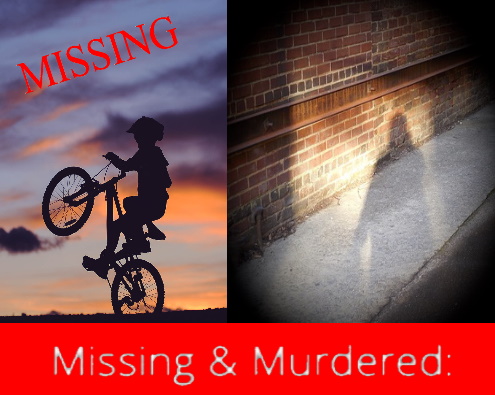
Shock of Missing and Murdered Children
News about disappearances, abductions, and/or deaths of missing children is heartbreaking to hear, and worse if it occurs in our own town or city. We, as parents can’t be with them every hour of the day.
We can’t always trust schools, police or church to be safe havens any more these days. If we can teach our children these safety rules we at least give them a chance to survive the unknowns of #stranger danger.
I grew up at the time where children were being abducted, and some later found, deceased, others still missing to this day. Stories appeared almost weekly on front pages of newspapers. It was heartbreaking and horrific. For me ending the tween stage at the time the world was getting scary.
My own personal experience as a latch-key teenager was from a telephone call for a photo shoot. My mother arrived home from work early, and in time to stop me from leaving. She later found out after speaking with my school that there was no photo shoot scheduled that day. This is how I would learn about importance of ‘no talking or meeting with strangers. anywhere’.
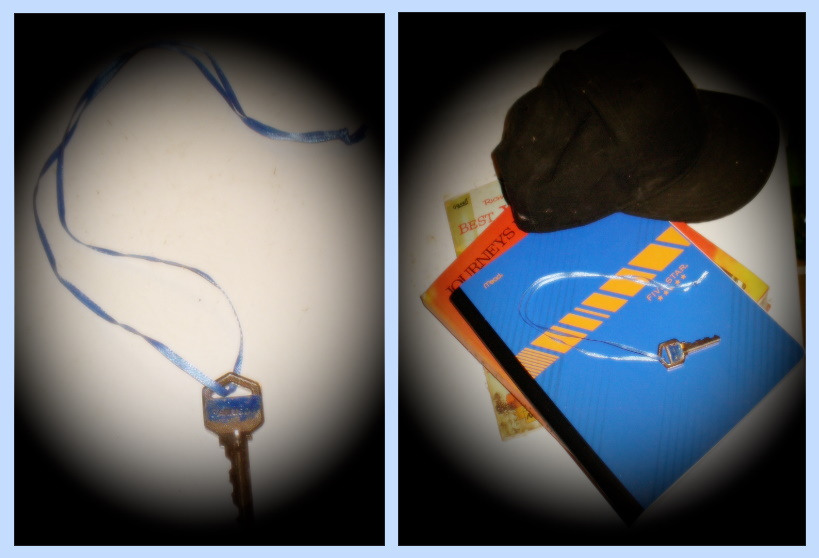
Street Smart Safety Programs come to First Nations – MMIWG2S and Every Child Matters
I am an Indigenous mother living in a rural First nation (FN) community. I really had to push our community Family and Childrens Services (FACS) worker to bring #Street Smart program for our children in the community.
The worker didn’t understand for the longest time what I was talking about. The name had been changed to #Stranger Danger. Many FN parents were not taught about this information at Residential schools nor in their home communities. Not all schools offered the program for students about the same time as Indigenous students entered mainstream Public schools.
Canada estimates there are about 45, 288 children that go missing each year. A look at the Missing Children’s Statistics at Government of Canada website – Canada’s Missing shows high numbers of females with males a runner-up, under Runaway and Unknown.
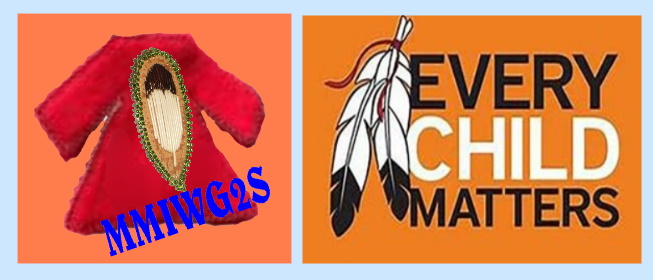
Today, FN communities are reeling from shock of unmarked grave sites of children at Residential schools.
Mainstream society has a data base of missing children, teens and adults. We have serial child s. Offenders set free from prisons. We do get notified but is that truly enough?
Step up to do More – Early Beginnings
Contact your local Child and Family Services (FACS) office (or whatever their NEW name is these days), your local MP, Provincial and Federal government officials, schools, and Police to keep funding and running these Child Safety programs, in every school; elementary, middle school and high school. Ensure the rules are memorized for life.
A dairy company, Anderson Erickson Dairy in Des Moines, Iowa would inspire a national USA Missing Child photo campaign printed on Milk cartons in the USA which Canada also adopted. Every milk carton would have photo’s and information about a missing child, description, and message to call the police.
Campaign Evolves – Deny services

Today, we have the Amber Alert though they have been criticized for not being co-operative to send an alert for an Indigenous child in Canada of 2022.
Is this due to indifference or the current open practice of ongoing racism towards BIPOC Canadian citizens? What does that tell you? Should another separate service be started specifically for BIPOC? is this Segregation of services?
Public education can help ensure each new generation are able to teach their own children. We can do our best to strive for safe neighborhoods where our children can be children. What other ideas do you think could help ensure the safety of our children? other peoples children? help BIPOC children?
Learning in Motion I
Learning in Motion II
Extra Learning Resources
Block Parent Program of Canada, Inc.
Best personal GPS trackers 2022
35 Best Podcasts for Students in Elementary, Middle, and High School
I hope you found this article informative and gained some new insight. Please feel free to leave your comments and Share your new found knowledge with others. Use the ‘Ask A Question’ form to make a request on a topic of your own interest. It is FREE to subscribe to my RSS feed.
AIC| An Informal Cornr, all rights reserved. Ginsense writes articles at AIC|An Informal Cornr about business skills and development, health, science, technology, society and enjoys advocating for independence, security and a better world for all of us. Learn something new 🙂 Tell your Friends! Visit today!






